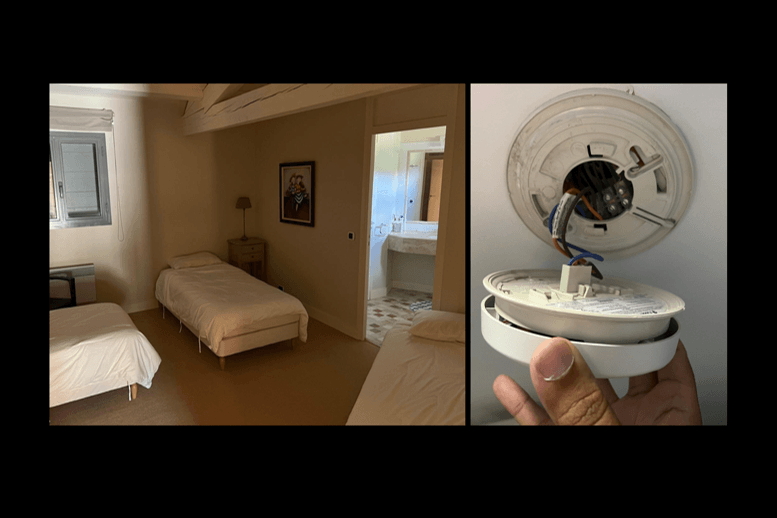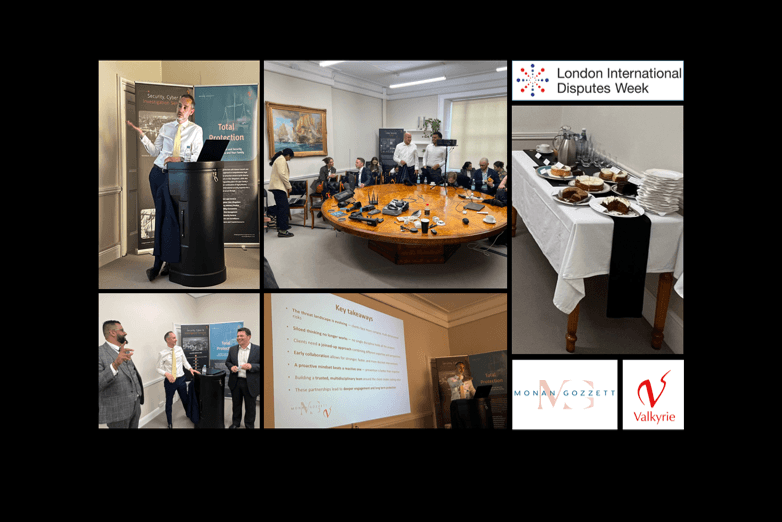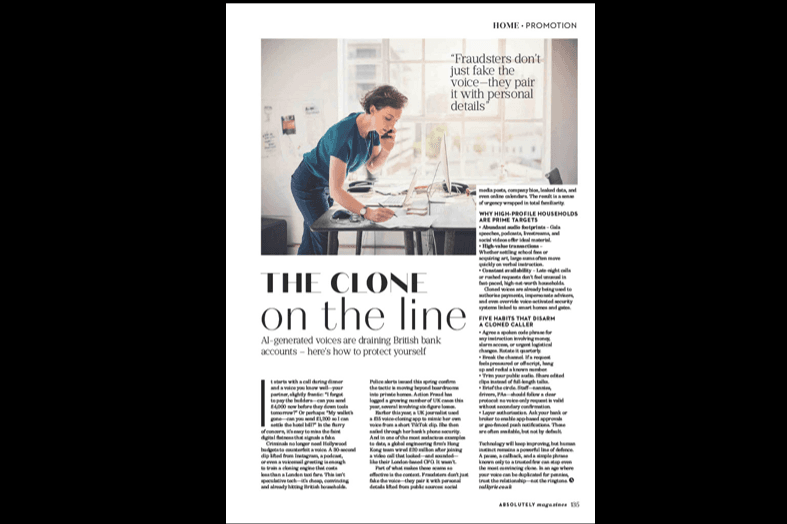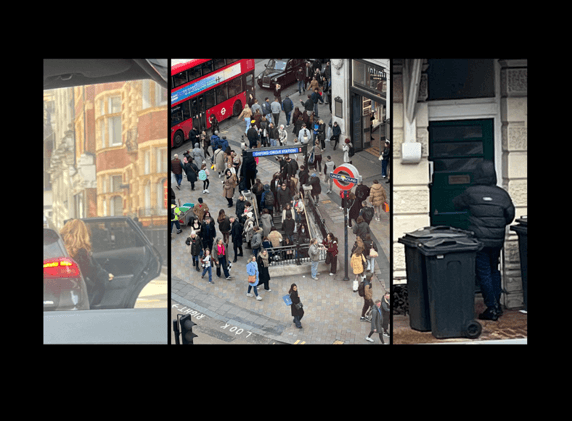If you follow our posts you will be aware that Simon Lincoln has a keen interest in the history of London. His recent ‘Friday’ posts have included short information articles on Hyde park, London street names, the underground, Belgrave square pubs and Thomas Cubitt.
Simon is on a task today so he sent his latest article to me for posting – ‘lost rivers of London’
There are 26 rivers in London – inc the Thames – many of these rivers are now referred to as the ‘Lost Rivers of London’. These rivers are buried beneath London’s streets or have been cleverly rerouted or repurposed. Although London’s subterranean rivers are not visible anymore, their original routes can still be traced above ground. Here are a few facts about 5:
River Fleet: the largest of London’s subterranean rivers. Parts of the old River Fleet can be found flowing from Hampstead to Highgate Ponds in North London before it turns into a sewer that flows to Blackfriars Bridge. The Fleet was once a broad tidal basin, and its waters were believed to have healing properties. Eventually it developed a reputation for being a slum. It was a place of crime and disease, and the location of ‘Fagin’s den’ in Charles Dickens’s novel Oliver Twist. The Fleet gave its name to Fleet Street. There was also once a crossing over the river called Fleet Bridge, which is today the site of Ludgate Circus.
River Tyburn: runs directly under Buckingham Palace. In history it was known as a place for salmon fishing, but today it is a sewer. The path of the Tyburn ran from South Hampstead through Marylebone, St James’ district and Green Park. The shape of the road in Piccadilly still has a dip in it where the original course of the River Tyburn ran.
River Walbrook: one of the first rivers in London to be buried. When the Romans settled in Londinium around AD 47–50, they built the ‘Temple of Mithras’, on the banks of the River Walbrook. Their settlement was centered around the junction of the Walbrook and the Thames. The Romans used the river as a source of water, and for worship. The temple of Mithras that once stood next to the River Walbrook was discovered during the Blitz in 1941, and excavated. Today the River Walbrook still flows underneath the Bank of England and Mansion House.
River Westbourne: flows from Hampstead and Brondesbury Park to Kilburn, Bayswater and the west end of Paddington. Today you can see the original river Westbourne running above Sloane Square tube station through a large green bridge that runs above the track and platform.
River Effra: once flowed from Crystal Palace, through Herne Hill, Brixton and Kennington, before reaching the Thames near Vauxhall Bridge. The Oval cricket ground was built into a bend in the River Effra. You can see the stadium has raised banks from when the river was built over.
Have a great weekend ?













